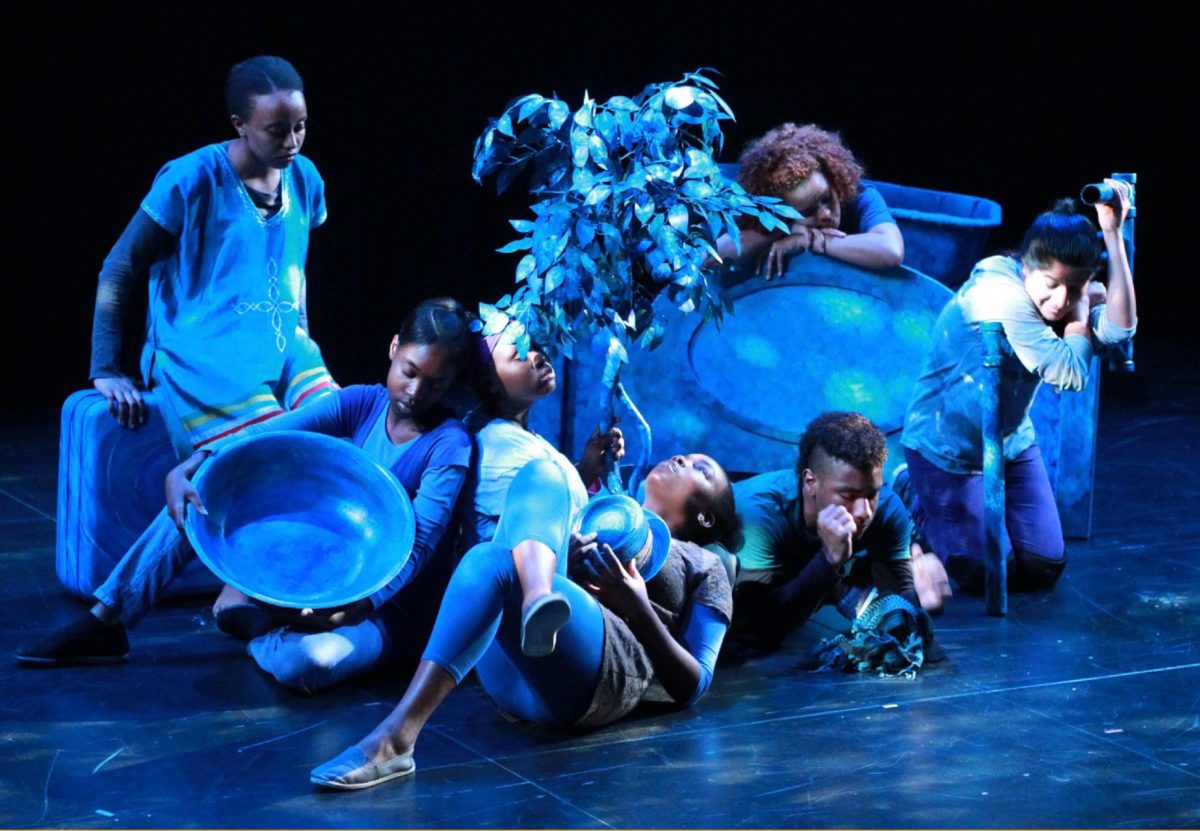We are highlighting examples of Black excellence throughout the year! Feel free to send us suggestions!
Steve Robinson’s family has owned their ranch in Becket, MA since 1906.
Thursday March 22, 2012
BECKET — Whenever one of Catherine Robinson’s children came to her with a special request, something they were especially passionate about, she would acquiesce.
Catherine, who passed away this past February at the age of 81, saw in her children’s desires something that went beyond the surface.
“I always remembered that we would discuss buying something for them, and no matter how high the cost, she would get it,” said Bill Robinson, thinking of his wife’s efforts.
On the day I visited Bill and his son, Steve, at the sprawling 200-acre ranch, the sky was overcast, with a bit of chill in the air. Clad in thick rubber boots, jeans and a plaid shirt, Steve who was outside working near the stables, looked every bit the part of a cowboy.
Today, that is in fact who he is. After retiring as a firefighter in New Haven, Conn., Steve is a full-time professional cowboy and horse trainer. The stables at Sunny Banks are filled with horses.
Steve’s great-grandfather on his dad’s side bought the ranch for $900 in 1906, and since then it has never left the family’s control.
It has become not only a place where Steve’s love of horses can take center stage through rodeos, clinics and trail rides offered to the public, but for a time, it has also served as a refuge for young people who’ve encountered difficulties and challenges in their lives.
Perhaps, this is the vision that Catherine saw of her son before her he could fully imagine the possibilities.
“When I was a baby, I would get excited when I saw a horse. (As a child), everybody wanted to play army and I wanted to play cowboys and Indians. The cowboys from TV became my heroes,” Steve said. “My mother was the facilitator of our dreams. She bought my brother and me saddles. We didn’t even have horses at the time.”
But Catherine was a woman who not only envisioned who her children could be, but also had a vision of who she could be as well, despite a society that encouraged women to stay in the home.
“My mom started the Tiny Tots program in New Haven; she was a licensed practical nurse, an educator on several academic boards, and one of her best friends was Joseph Liebermann,” Steve said. “I remember (Liebermann) sitting in my house when she was running for alderwoman. She was a feminist. For a black woman to be a feminist there were many lines to cross over.”
She became an alderwoman and the first person of color to serve on the board of the Community Foundation of Greater New Haven. She was later invited by President Lyndon B. Johnson to come to Washington, D.C. for a civil rights event, Bill said.
Bill attributed his wife’s many accomplishments to one thing: her character.
“At the time, there was a big clamor about inequality in the northern schools. At that time, in the late ‘50s and ‘60s, when they had the riots, that was a big change for all of us,” Bill said. “I think things just happened and she was there. She saw a need, and she did it.”
And Bill helped to facilitate her vision as well.
“A lot of times she’d have to go away, and yes, I took care of the kids. I was a policeman and worked the midnight shift,” said Bill, who also received help from Catherine’s nearby family. “We made it work; we never left our kids alone.”
Indeed, Catherine set such a strong example that the legacy of her actions continue to reverberate with Steve today. Inspired by her, he wants to move Sunny Banks in a new direction. In the midst of a tight economy, Steve still wants to provide offerings to those seeking his services; however, he wants to devote his time to one group in particular.
“I have championships in the rodeo associations I’m in, but God wants me to stay (here); this is a gift,” Steve said. “Going forward, I want to take some kids who need mentoring, or those going into programs, and bring them to the farm. It’s a better chance to put this in their system than jail.”
https://www.berkshireeagle.com/archives/keep-vision-alive/article_54d5c630-a33e-571b-a126-8335f304b953.html
And check out this recent article: Not their first rodeo: How Black riders are reclaiming their place in cowboy culture
https://www.npr.org/sections/pictureshow/2022/02/19/1074792510/black-cowboys-mississippi-big-rodeo-project-justin-hardiman



